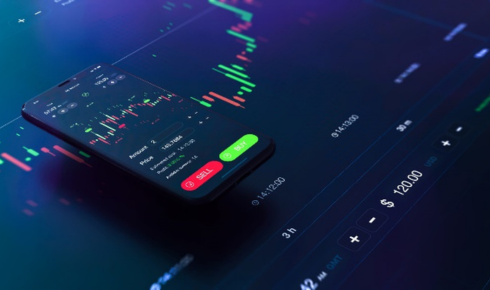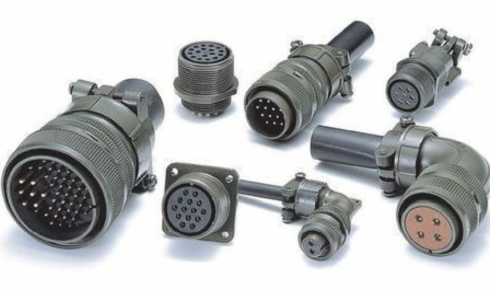Striking a balance for workplace monitoring can be tricky. On one hand, you want to safeguard security and ensure productivity; on the other, you want to avoid the feeling of being under a microscope your team may experience. In my small business, I benefited from monitoring performance with tools like the Controlio app while still fostering some level of autonomy. Let’s look at some practical suggestions to help ease that “Big Brother” vibe so trust is preserved and monitored effectively.
Why Monitor?: Justifying the Insights Data Collection
Monitoring isn’t just checking up on employees; it is also one way of gaining invaluable insights about the business. Monitors like work monitor collect data that can highlight certain dynamics, such as overburdened employees or stagnated processes. In retail, we regularly collected task timing data using time tracking software, and I witnessed firsthand the value of monitoring. It permitted us to optimize staff, and sales surged during peak hours. Enhanced workforce availability also significantly boosted employee morale.
Surveillance serves to bolster security. Organizations that work with sensitive information, such as customer information, need to identify anomalous activity quickly. A data breach my friend in IT experienced was mitigated early due to a flagged strange file transfer within his monitoring systems. Done correctly, monitoring limits access for everyone but feels neutral rather than intrusive.
The Precipitating Factors: When Monitoring Strays Into Snoop Territory
This is where things get complicated. If monitoring is too invasive, then trust and morale can plummet. A former employee tracked every keystroke, and I remember feeling anxious about taking a short break to check a personal email. Employees feeling “watched” are less likely to take action or come up with suggestions. A survey indicated that solely 32% of corporations have a coherent data strategy; this suggests that too many companies might be monitoring so-called thoughtfully, which only adds to the problem.
Over-monitoring can lead to excess data collection as well. With no clear objective, you’re swamped with unusable reports; it’s akin to trying to sift through an ever-increasing mound of hay in search of a single needle.
Striking the Balance: Transparent and Purposeful Monitoring
To avoid sounding like a Big Brother figure, the answer is in being as open as possible. Transparency, from the monitoring side, simplifies processes. For instance, when my team adopted the Controlio app, our manager said it was meant to optimize workflows. The Controlio app was not used to nitpick or harvest every move we made. That honesty gave us partnership.
Share what roles security procedures have and how schedule improvements will be done using the data collected. Always ensure that the promises made regarding how data will be used are kept. Focus on relevant metrics to increase productivity and maintain a keen focus on completed tasks instead of microscale measurements like screen time or keystrokes. Autonomy, when given, can respect your team while providing invaluable insights.
Respect Privacy And Build Trust
Trust is a delicate subject. When violated, such as tracking over borders of privacy like scrutinizing personal lives of employees, trust is beaten down like a deflating balloon. Avoid tools that reach too far and capture excessive screenshots or document calls and personal communications. As a rule, businesses working in any industry should do their level best to not foster an environment of surveillance disguised as monitoring, so in this case, not going beyond work apps or working hours.
Welcome reviews of how the monitoring is being done. When my teammates were uncomfortable with a specific new tool, we scheduled a meeting to resolve the issues. Listening to their feedback and making changes, such as disabling after-hours tracking, made a world of difference. It demonstrated that we cared about their comfort as much as our goals.
Use Information to Motivate, Not Punish
The best monitoring systems empower employees, not punish them. Celebrate wins and identify opportunities for growth using data. For example, if the Controlio app’s analytics reveal some staff members mastering specific tasks, acknowledge their achievement. When someone is not performing well, offer constructive training instead of criticism. During my retail job, our manager would frequently monitor data and use it to highlight positive moments during our team meetings, which made us feel appreciated.
Data should also help in making larger decisions like optimizing workflows and cutting down unnecessary steps or reallocating resources. When you use monitoring to support your team’s success, it feels less like surveillance and more like teamwork.
Final Note: Monitor with Heart
Monitoring activities doesn’t have to signal a lack of trust. With clear communication alongside a focus on real outcomes, privacy, and meaningful KPIs, tools like the Controlio app can enhance security while improving productivity and keeping your team motivated. It’s about using data to empower everyone, not to intimidate. What methods of monitoring are in place in your workplace? I hope you share your thoughts; I’m interested to know!



